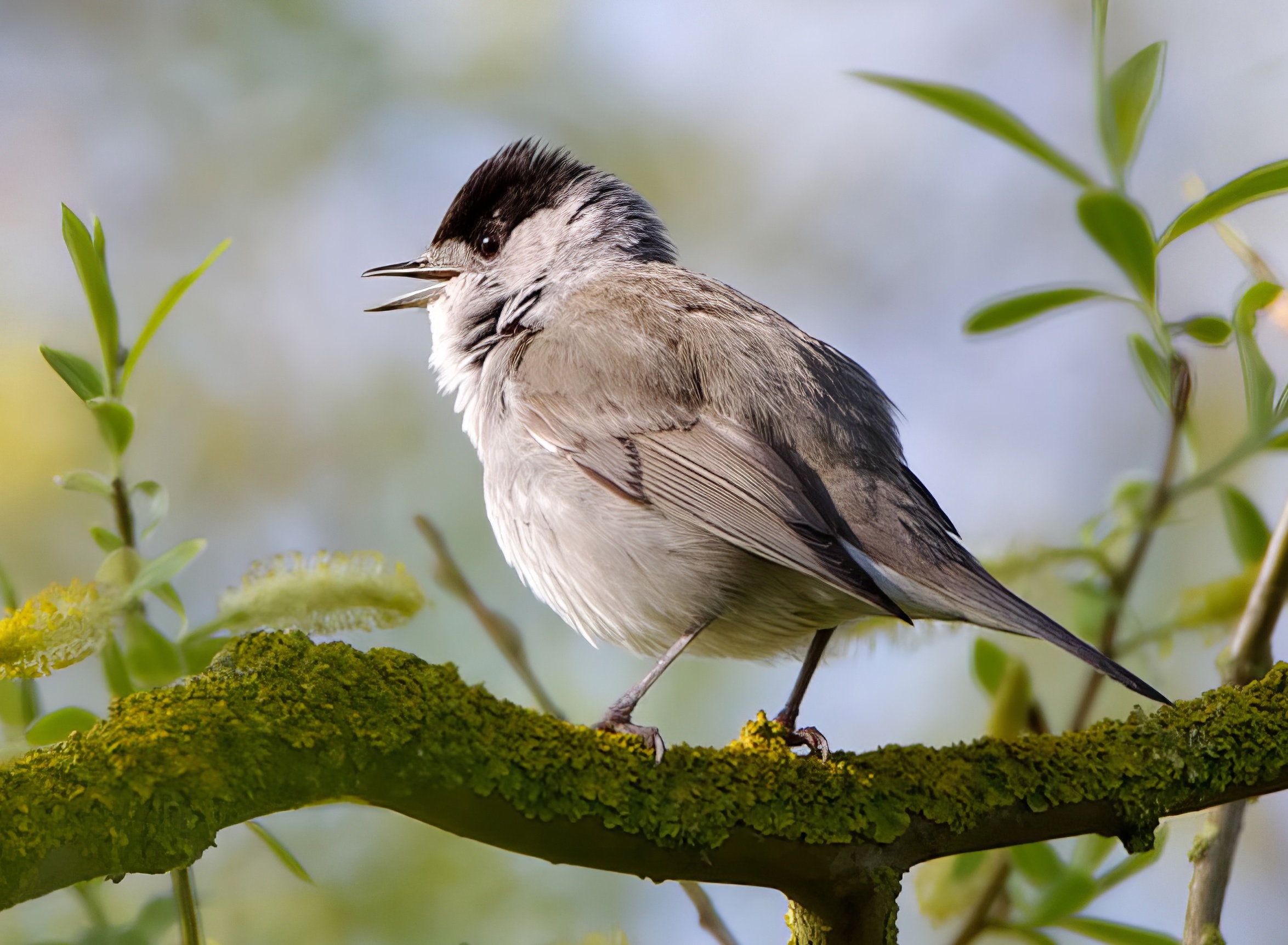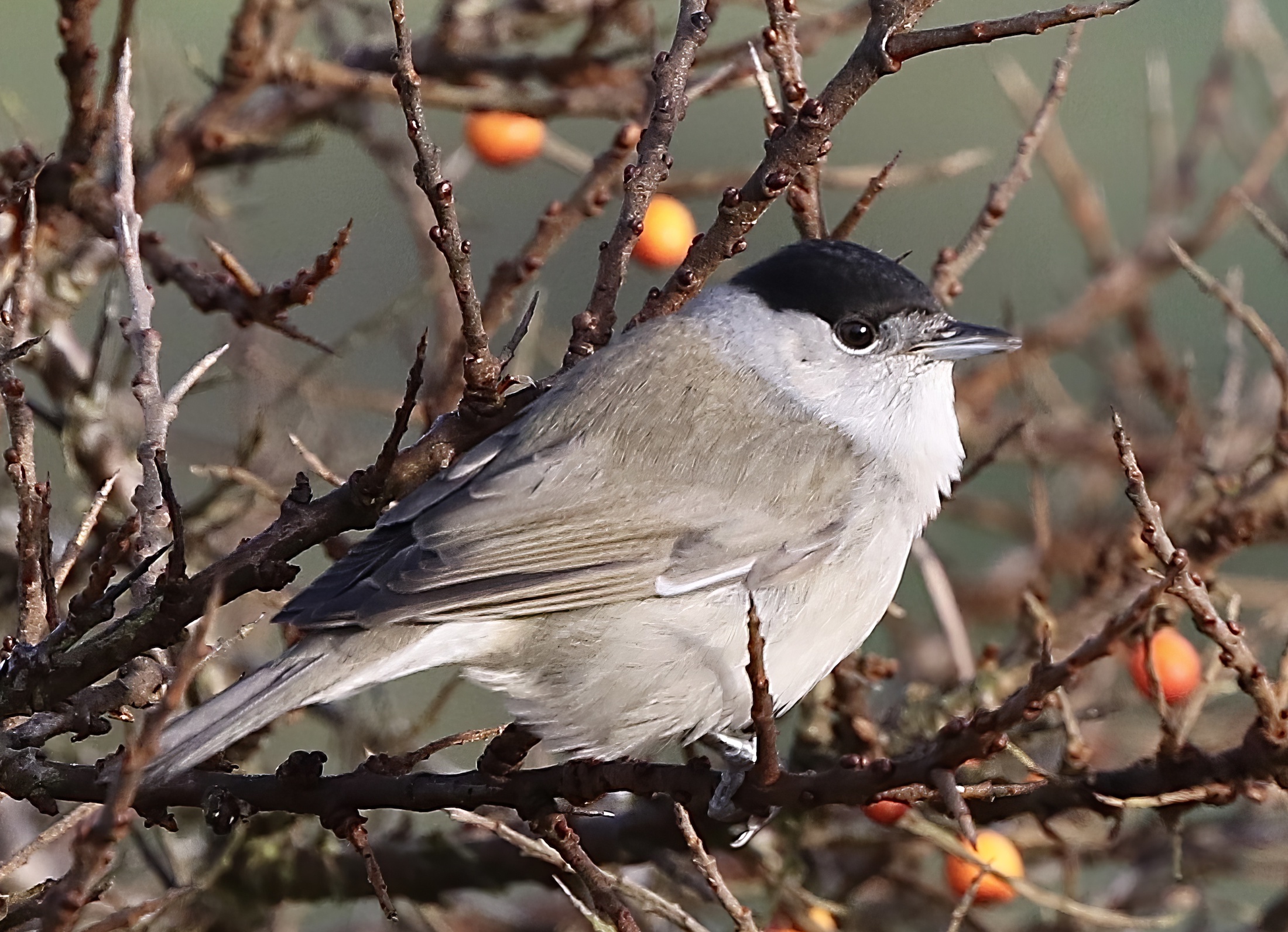Blackcap Sylvia atricapilla
Very common summer visitor and passage migrant. Scarce winter visitor December-March.


Something is going right for Blackcap. Since 1994 the Lincolnshire BBS index shows the species has increased by 205% and its soulful melodic song is heard increasingly throughout the county. Much of the increase has come in the last 10 years. The Atlas estimated a population of 12000 pairs in the 1980s and the adjusted APEP4 estimate in 2016 was 28000 pairs corresponding closely to the trend increase. Why has it been so successful? BTO BirdTrends states the cause is unknown. Several factors might be involved. Amongst the warblers, Blackcap is very flexible in both the habitats it chooses to breed in and the food it chooses to eat. In addition, it may have shortened its migration by adopting a more northerly wintering area within the Western Palearctic. At one time it appeared that Blackcaps might start to winter in Lincolnshire more frequently, but that behaviour remains relatively scarce. It is likely that rather than being local breeders, wintering birds may come from further east. A male ringed at Theddlethorpe on October 13th, 2013 was re-trapped in the Czech Republic on May 19th, 2018, presumably on its breeding grounds.
(Account as per new Birds of Lincolnshire (2021), included November 2022)
